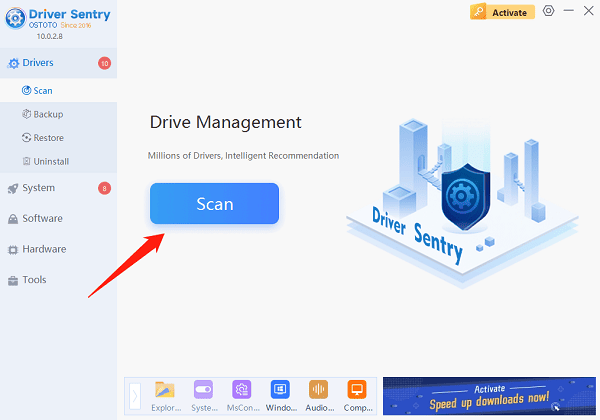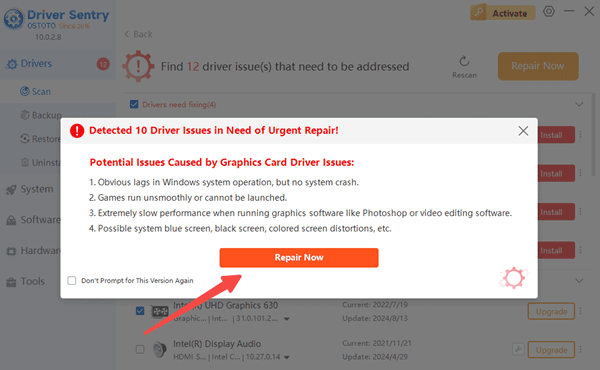
Loud computer fans, especially on desktops and laptops, can be annoying after prolonged use. This article will provide you with several common solutions to help you reduce the noise of your computer fan and restore a quiet and comfortable environment for use.
Step 1: Clean the Fan and Radiator
One of the most common reasons for loud fan noises is dust or other debris accumulating on the fan blades, which can cause the fan to spin poorly and make noise.
1. Turn off your computer and disconnect it from the power source to ensure safety.
2. Use a can of compressed air to gently blow the dust away from the fan and radiator. Laptop fans, in particular, tend to accumulate dust.
3. If you are using a desktop computer, open the case and use a dust-free cloth or soft brush to clean the dust around the fan and radiator.
Step 2: Updating the Driver
Sometimes, the problem of excessive fan noise can be related to the driver. This is especially true for laptops, where the speed control of the fan is usually managed by the driver. If there is a problem with the driver, the fan may run at an abnormal speed, resulting in increased noise. Use Driver Sentry to scan and update drivers for all hardware, especially chipset and power management drivers.
1. Click the download button to get the latest version of Driver Sentry. After installation, open the software and click "Scan".

2. If the software detects outdated or damaged drivers, it will recommend updates. Click "Repair Now" to complete the update.

3. Restart your computer to see if the issue is resolved.
Step 3: Check Where the Fan is Installed
Fans that are not properly installed may cause vibration and abnormal noise. Ensuring that the fan is mounted securely and is not loose can reduce unwanted noise.
1. Open the case (if it is a desktop computer) and check if the fan is securely installed.
2. If the fan has loose parts, retighten the screws to ensure that the fan is secured in the correct position.
3. Check that there is no excessive tight contact between the fan and the surrounding hardware, which can also avoid vibration noise.
Step 4: Replace the Thermal Paste
If your computer's processor or graphics card gets too hot, the fan may run at full speed, resulting in increased noise. Thermal paste is a substance that helps conduct heat between the CPU and the heat sink, and it becomes less effective over time, thus affecting cooling efficiency.
1. Turn off and unplug the computer and open the case (if it is a desktop computer).
2. Remove the heat sink from the processor or graphics card and remove the old thermal paste.
3. Use new thermal paste to evenly apply to the surface of the CPU or GPU and reinstall the heat sink.
Step 5: Reduce System Load
If the computer is running under high load for a long time, the fans will naturally speed up and produce more noise. Reducing the system load can help to minimize the intensity of the fan's work.
1. Check and terminate applications that consume high CPU resources in "Task Manager".

2. Reduce the number of programs that start automatically when the computer is turned on to reduce the load on the system.
3. Make sure the operating system and applications are up-to-date to avoid overloading due to program or system problems.
Step 6: Replace the Fan
If none of the above methods solves the problem, the fan itself may be malfunctioning or reaching the end of its useful life. Wear and tear, damage, or quality problems with the fan may also cause excessive noise.
1. If you are using a desktop computer, choose a replacement fan that matches the original fan model.
2. For laptops, contact a service professional to ask about options for replacing the fan.
3. After replacing the fan, make sure the new fan is compatible with the cooling system and installed securely.
The above is the solution for loud computer fan, hope it is helpful to you.
See also:
How to Fix Windows 11 Unable to Enter Sleep Mode
Methods to Fix 'HP Printer Driver Is Unavailable'